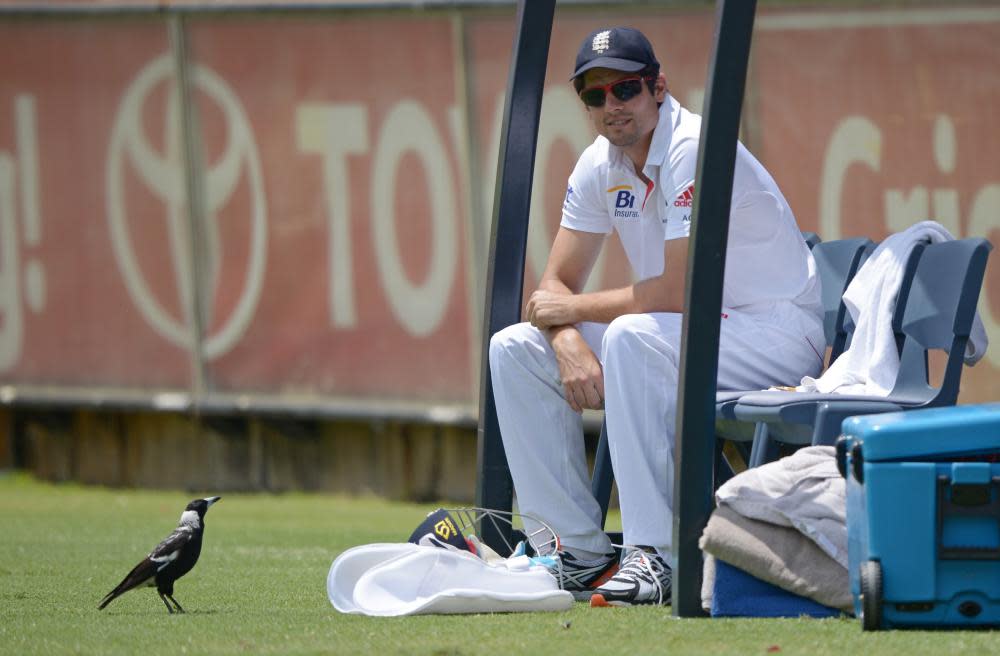Magpies: how I learnt to grudgingly admire – and then love – the bird of the year | Paul Daley

Anodyne eastern suburbs Melbourne seemed less dangerous than any other place in the world when I was a primary school kid.
There was the creek with its tadpoles, turtles and occasional foxes. There was, inevitably, a local haunted house. And there was the path.
It was a long, steep cutting edged between the backs of houses and a row of gnarled gums beside a park. In autumn and winter it was our domain in which to smoke and play spin the bottle. But come the breath of spring it transformed to a battleground for us and the territorial Gymnorhina tibicen – or common Australian magpie.
Rather than retreat when the birds, in their hundreds, began nesting and attacking any human or beast within cooee, we interpreted their aggression as a challenge. The aim was to ride as fast as possible down the path, a distance of perhaps 500 metres, while fending off the swooping birds.
Easier said. You could go like hell, face low to the handlebars and either try to outpace (futile) and swerve to avoid the dive-bombing maggies (they came in sorties of twos, fours, sixes and eights) or raise a stick to them with one hand while negotiating the precarious rutted, root-lined path with the other.
One wrong move and you’d crash while the birds, for good measure, would crack or scratch you on the noggin with their beaks or claws. We’d go home bruised, battered. My mate Tuddy appeared one day wearing a Pickelhaube – a Prussian military helmet with spike (he reckoned his dad killed a German to get it but he’d also said a shark had once bitten his old man’s leg off and this definitely wasn’t true).

But the birds, including one conspicuously minus a claw, were unperturbed. They adapted immediately and pecked at his back and face.
The birds always won. None were harmed in the production of this reminiscence.
One morning as I left for school a magpie swooped me from the jacaranda in our front yard. It followed, attacking me, all the way to school.
It was the one-legged bird, having followed me home and remembering my face.
I already grudgingly admired the magpies for their feistiness and fierce protection of sovereignty. But this was the R-E-S-P-E-C-T moment, the moment when the magpie became my No 1 bird and when I realised how intelligent they are too.
After moving to Canberra (home to notoriously feral magpies) I learned that the birds will sometimes respect humans on foot (though rarely on bikes) who look them in the eye while passing beneath. Those nesting in the trees in our yard were comfortable with us and our dogs, hand feeding off the balcony and bouncing along behind me in a warbling trail when I unearthed grubs while mowing. I loved their endless carolling and the way they accommodated the Kookaburras but flew endless missions against the currawongs who’d snatch their babies from the nests.
I love the magpie for its adaptability, for the way it has at once clung to its native traditions and tribalism, while adapting to urban cohabitation. Yes, cohabitation. It is the most acutely political and diplomatic of birds, evidenced by its capacity to negotiate a hard bargain for its share of what we regard as our space. It is more emotionally and socially nuanced than its black/white plumage.
We could do far worse than learn from the Canberra postman John Kanard. He befriends the magpies on his route in the off-breeding season. He has praised their perceptiveness, intelligence and willingness to befriend humans.
One of my uncles, a tough old second world war vet who named and fed the dozens of maggies on his property, reckoned they were the cleverest of avian creatures for their capacity to remember faces and even mimic human voices.
A friend, Leigh, recalled how “Mo and Poe Magpie” moved into her backyard gum for the “long haul” five years back and settled into a delightful routine of hatching a chick yearly, of requesting food and giving, in return, “rhythms of the day and evening, with their song, reminding us that Melbourne isn’t just trams and hipsters and Lygon Street”.
There’s all manner of seabirds and parrots, fascinating finches – and, of course, endless ibis, melancholically plucking scraps from the bins – in my new Sydney neighbourhood.
But I’d love a pair of wary, warbling magpies in my backyard gum.

 Yahoo News
Yahoo News 
